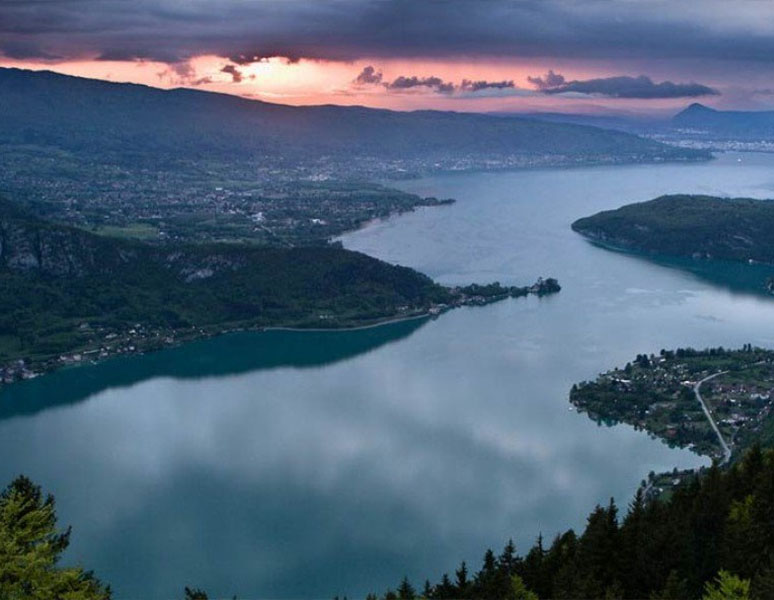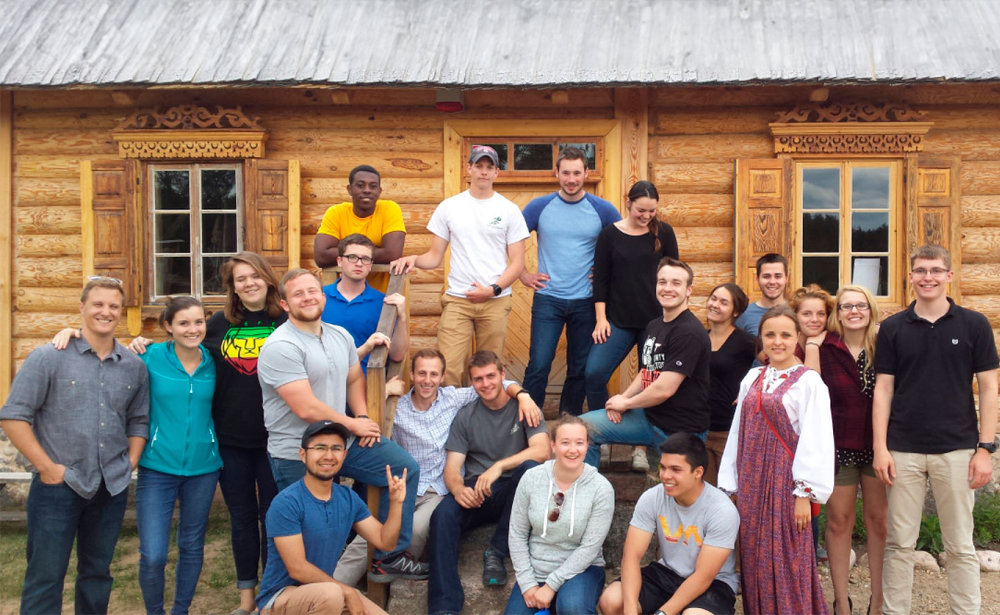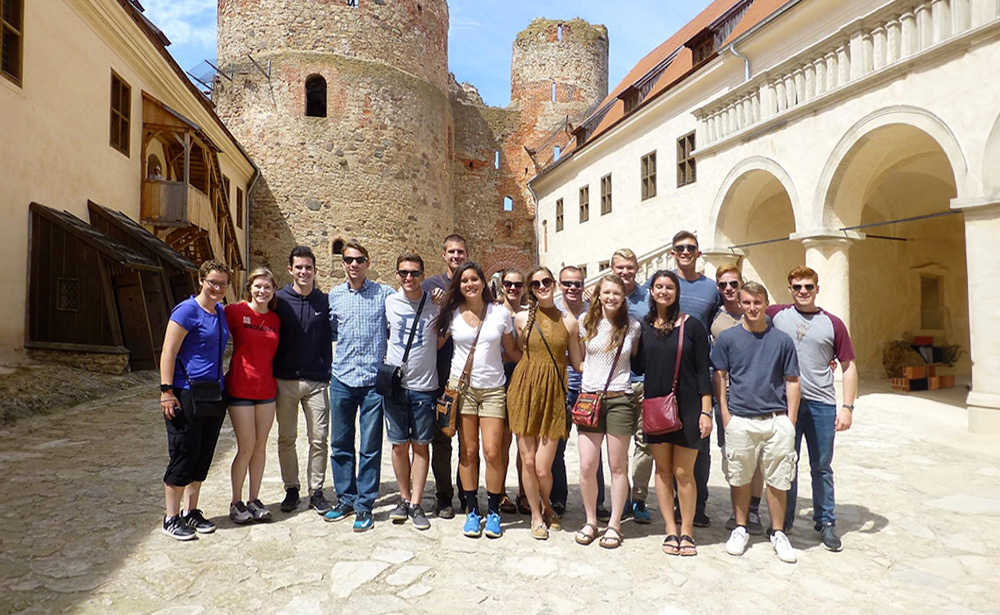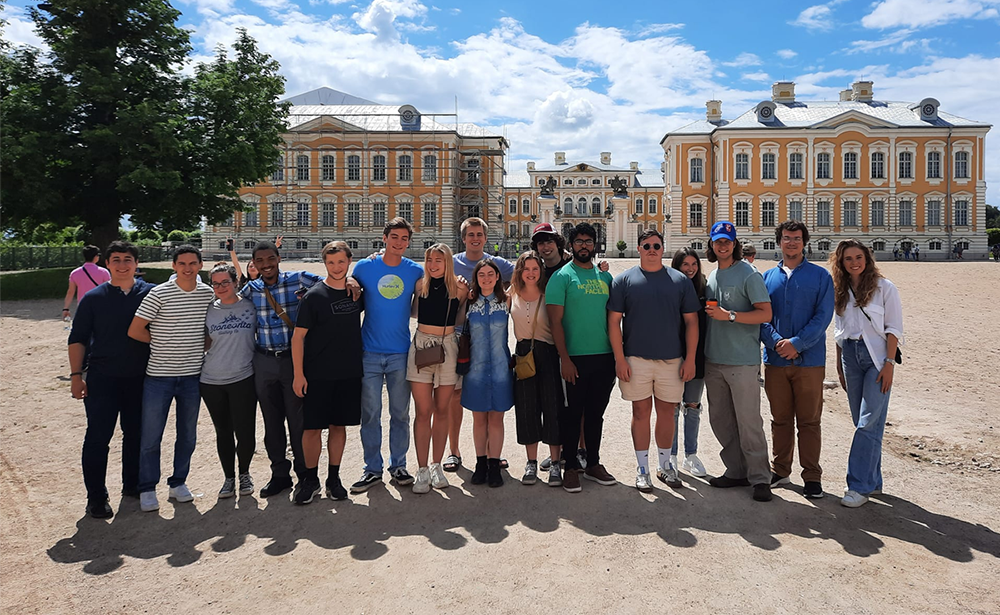The Volga is a Great Russian River
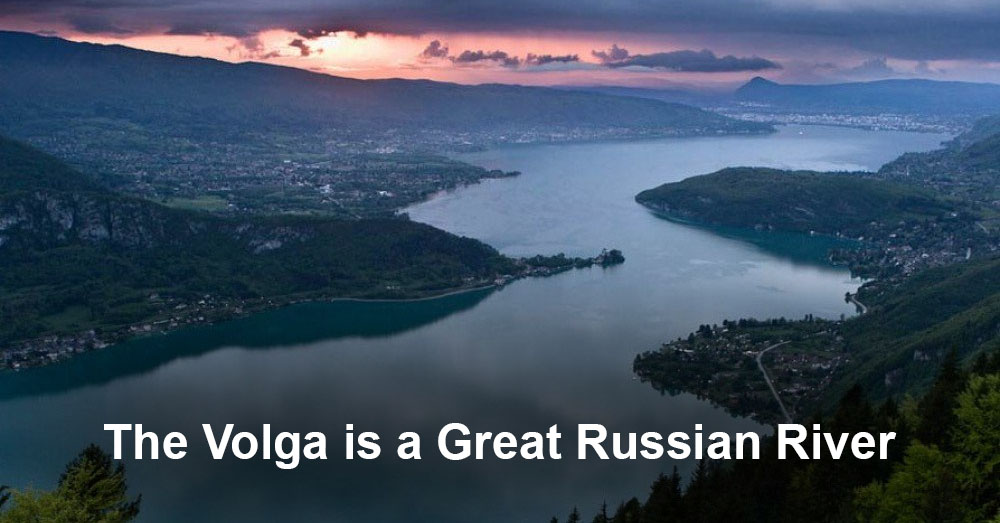
There is a large number of rivers in Russia. However, the Volga is the most magnificent one. The image of this mighty river is displayed in the folk art, as well as in the works of different artists, writers, and musicians.
The origin of the river’s name
Many people wonder what the origin of the Volga’s name is and how old it is. It is known that in ancient times the river was referred to as “Ra” which means “generous”. Later, in the medieval times, the Volga was referred to as “Itil” which means “the river of rivers”. The name Volga is of Finnish origin and it means “light”.
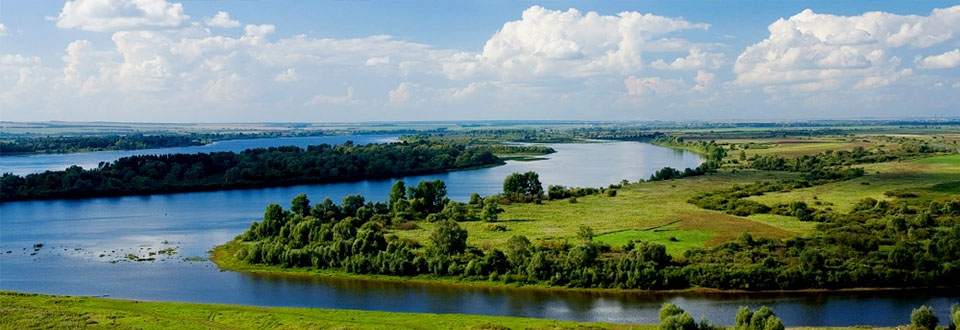
Geographical location of the river
The Volga rises in Tver oblast and runs up to Astrakhan, and then flows into the Caspian Sea. It is the largest and longest river in Europe. Its length is 3,303 km; its area is 1,360,000 km².
In addition, the Volga flows through 15 cities of Russia – Tver, Yaroslavl, Nizhny Novgorod, Kazan, Ulyanovsk, Samara, Saratov, Volgograd, Astrakhan and others. The river also has a lot of tributaries; therefore, it is called full-flowing.

Significance of the river
There are a lot of canals have been built on the Volga, which creates additional transport opportunities. In the middle ages, the Volga was a trade route that connected the countries of Scandinavia and East Asia, which contributed to good cooperation between them.
Nowadays, a large number of sea freight is carried out on the Volga. There are also a lot of hydroelectric power plants and reservoirs built on the Volga river, which plays an important role in the Russian economy.
Rich river
Centuries ago as well as nowadays the Volga is not only a transport highway, but also a source of water, fish, and energy. The river’s flora and fauna are diverse. Today, the Volga is one of the richest rivers in terms of the variety of fish, as it is home to about 76 species of different fish, some of which come to the Volga from the Caspian Sea.
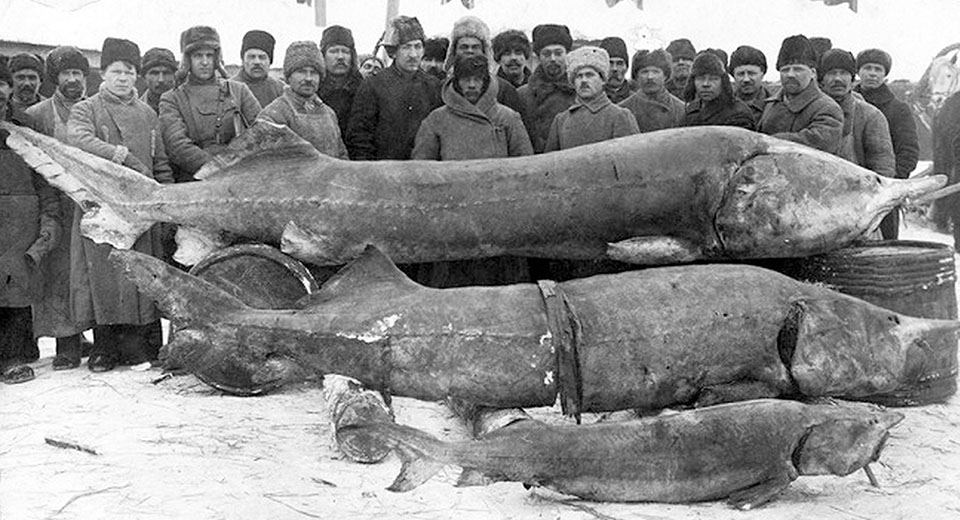
There are also about 1500 species of insects, 900 species of different plants, 3 species of amphibians, 33 species of mammals, more than 250 species of birds, and 10 species of reptiles in the unique natural complex of the Volga river. In addition, a biosphere reserve was founded in the Volga estuary. Rare animals, birds, and fish are listed in the Red book.
Well, now we know why the Volga is considered to be the great Russian river, with a rich history. We hope you will find this article useful!
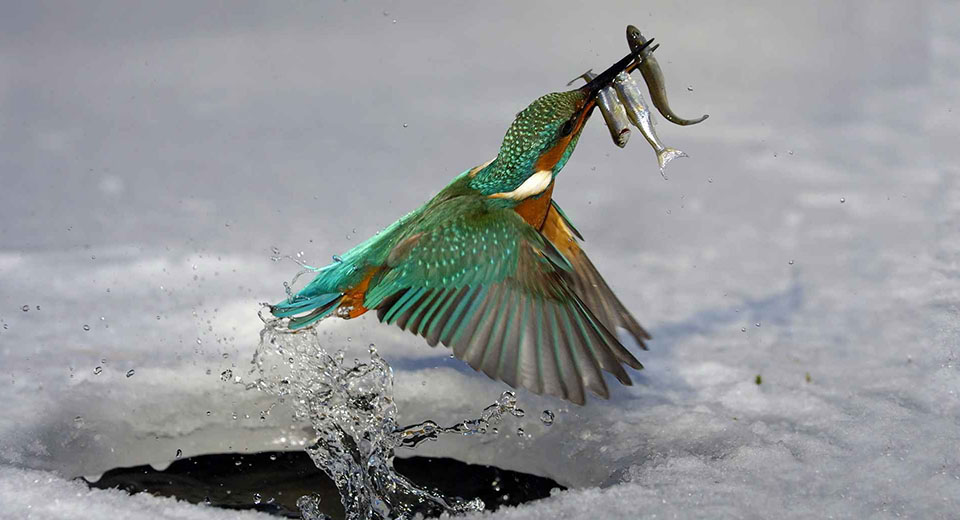
You may be interested
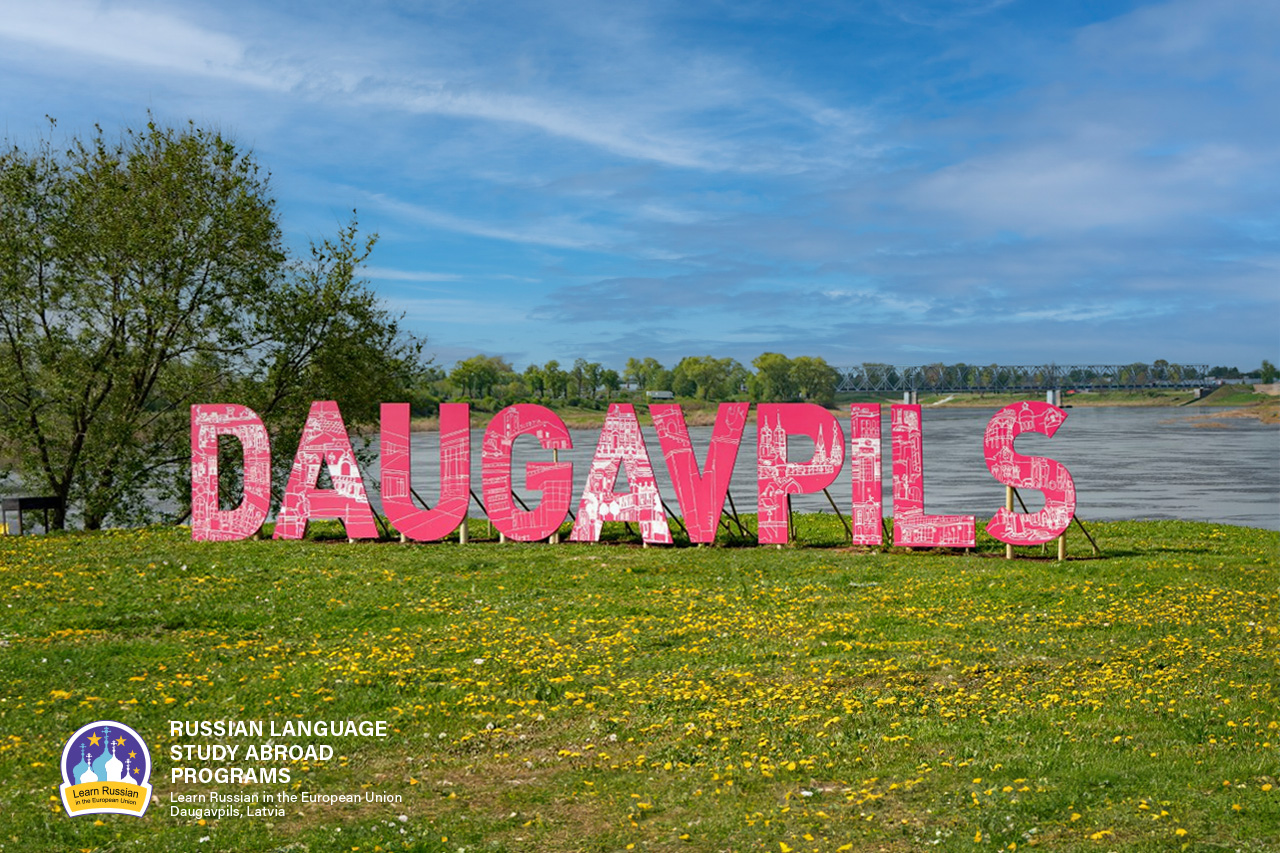
Why do people speak Russian in Daugavpils?
As it seems to us, Daugavpils is the best place to learn Russian now, because our city is situated in the EU and NATO, but at the same time 90% of the city’s population speak Russian at home.

ЭТЮД О ДВИНСКЕ
Etude on Dvinsk by F.Fedorov
The Baltic region is one of the most catastrophe prone regions of the 2nd millennium, especially its second part; it is the centre of attraction of ‘geopolitical’ interests of the European world. Probably the most tragic fate has befallen to the eastern part of the present Latvia and its multi-titled town of Dinaburg – Dvinsk – Daugavpils. During its 730 years long history, the town went through five rather autonomous periods of development, five different lives (German, Polish, Russian, Latvian, Soviet), and at the beginning of the 1990s it entered into the 6th period.
The history of Dinaburg – Dvinsk – Daugavpils is the history of five attempts by the town to begin its life anew; and this is determined not only by the fact that the town was four times burned down and had to start life from scratch, but first and foremost because each of these periods was characterized by a total change of ethnos and the socio-cultural field.
The present article deals with the cultural space of the town in one of the most efficient periods of its development – from the 1860s till World War I.


